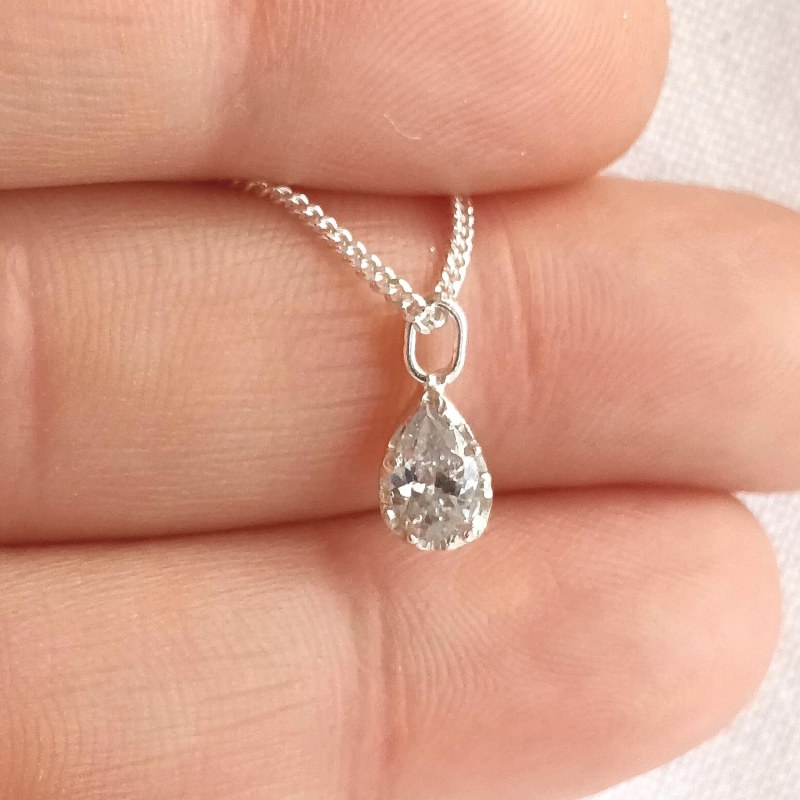Diamonds have long been cherished as symbols of love, luxury, and prestige. From engagement rings to lavish jewelry pieces, these sparkling gems have captivated humanity for centuries. However, there’s a prevalent misconception surrounding diamonds – the belief that they are rare and inherently valuable due to their scarcity in nature. In this article, we’ll delve into the reality of diamond mining, debunking the myth of their rarity.
Understanding Diamond Mining
1.1 The Process of Diamond Formation
Diamonds are formed deep within the Earth’s mantle under immense pressure and heat. Carbon atoms crystallize over millions of years, creating the structure we recognize as diamonds.
1.2 Methods of Diamond Mining
Diamonds are extracted from the Earth through various methods, including open-pit mining, underground mining, and alluvial mining. These techniques involve significant excavation and processing to retrieve diamonds from ore bodies or alluvial deposits.
The Prevalence of Diamond Mining
2.1 Global Diamond Production
Contrary to popular belief, mined diamonds are not rare as marketing campaigns may suggest. Global diamond production has steadily increased over the years, with countries like Russia, Botswana, and Canada leading the way in diamond extraction.
2.2 The Diamond Industry
The diamond industry is a multi-billion dollar business, with large corporations dominating the market. Despite claims of scarcity, the industry actively controls the supply of diamonds to maintain perceived value and demand.
Misconceptions About Diamond Rarity
3.1 Marketing Myths
Diamond companies have perpetuated the myth of rarity through clever marketing strategies. Advertisements often romanticize the idea of a rare and precious gem, enhancing the allure of diamonds in the eyes of consumers.
3.2 The Rarity Myth
In reality, diamonds are abundant in certain regions of the world. The perception of rarity is manufactured to drive up prices and maintain the exclusivity of diamonds in the market.
The Environmental Impact
4.1 Ecological Consequences
Diamond mining poses significant environmental risks, including habitat destruction, soil erosion, and water pollution. Open-pit mining, in particular, can have devastating effects on local ecosystems and biodiversity.
4.2 Social and Economic Impact
Mining communities often face social and economic challenges, including displacement, exploitation, and inadequate labor conditions. The profits generated from diamond mining are not always distributed equitably, exacerbating socio-economic disparities.
Lab-Grown Diamonds
5.1 Growth in Popularity
With advancements in technology, lab diamonds have emerged as a sustainable alternative to mined diamonds. These diamonds are chemically and physically identical to natural diamonds but are created in controlled laboratory environments.
5.2 Environmental Advantages
Lab-grown diamonds have a significantly lower environmental impact compared to mined diamonds. They require less energy and water to produce, eliminate the need for mining, and reduce carbon emissions associated with traditional diamond extraction.
Conclusion
The notion of diamonds being rare and precious is a carefully constructed myth perpetuated by the diamond industry. In reality, diamonds are abundant resources that come with significant environmental and social costs. As consumers become more aware of these issues, the demand for sustainable alternatives like lab-grown diamonds continues to rise.




